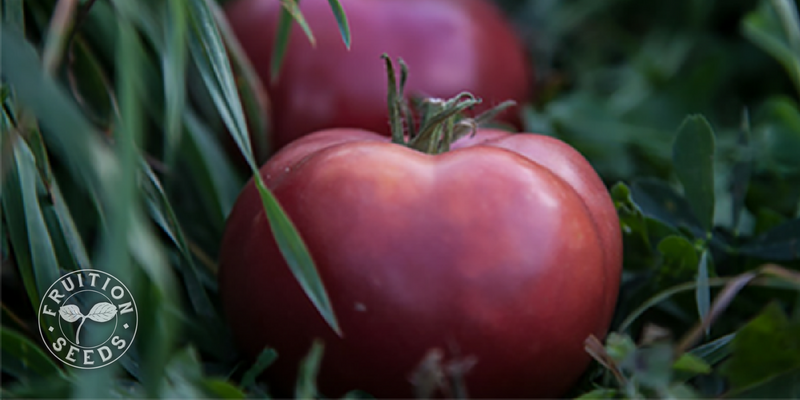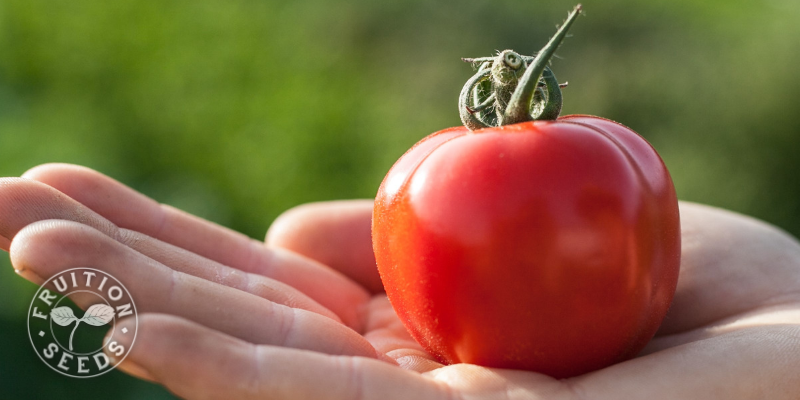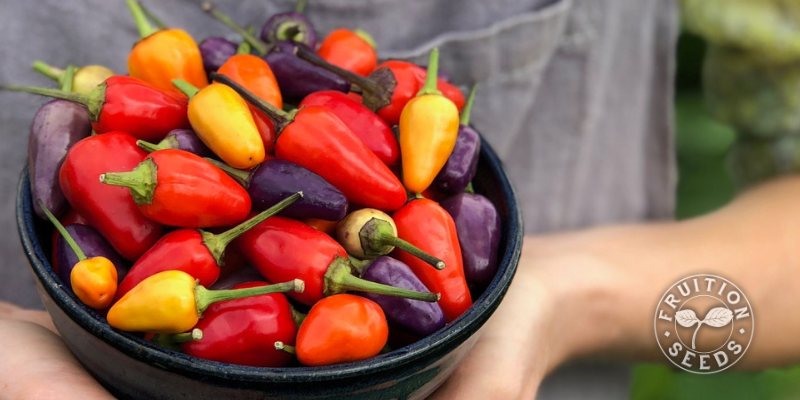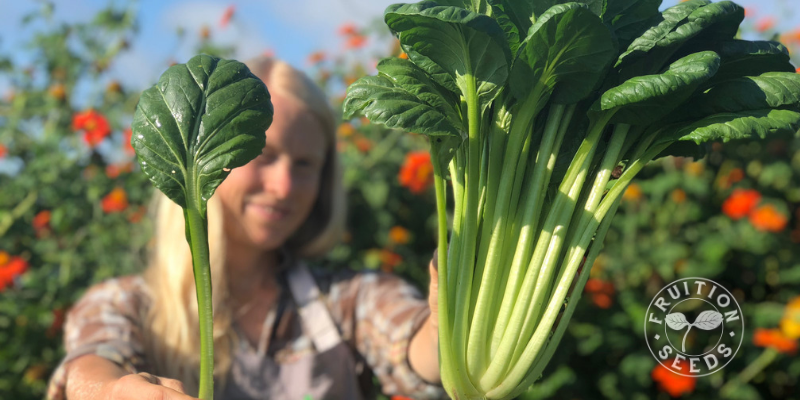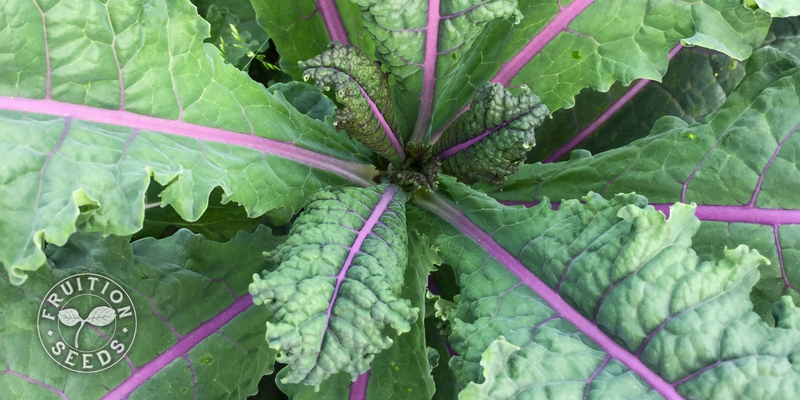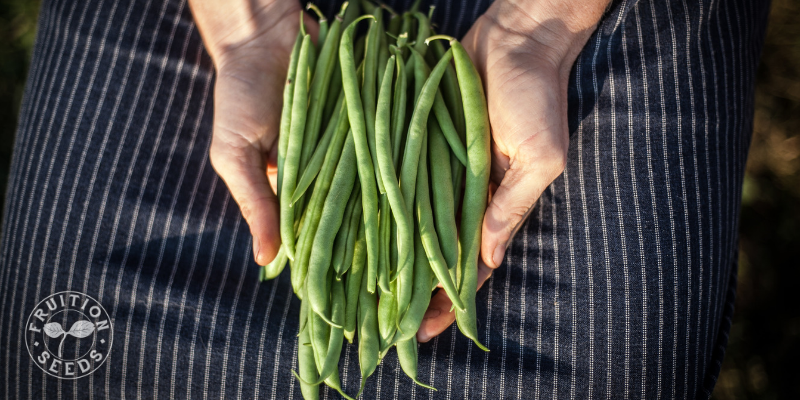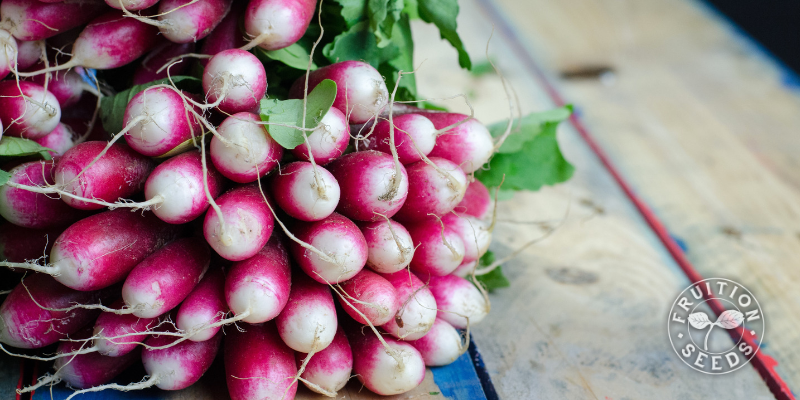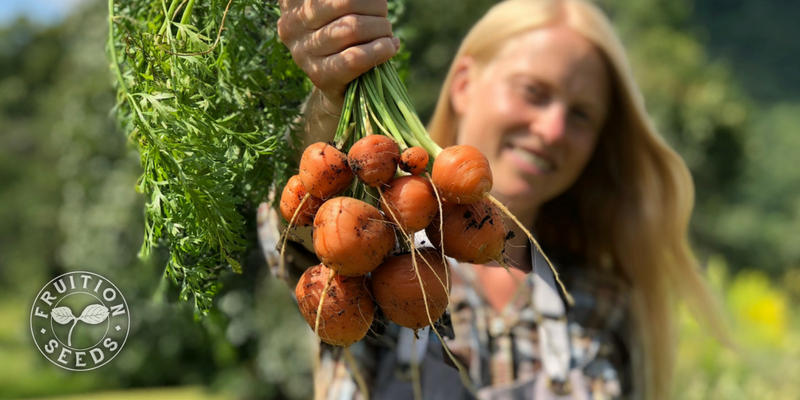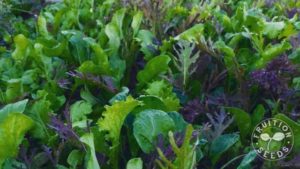Here are our go-to vegetables for container gardening:
Dwarf & Cherry Tomatoes
As a general rule, grow tomatoes in containers that have at least five gallons of nutrient-rich soil. The larger the container and the richer the soil, the more abundant your harvests will be.
Dwarf tomatoes, barely 3′ tall, are by far the best-suited for container gardening and by far the most delicious dwarves we’ve found were bred by Craig LeHouillier. The author of Epic Tomatoes, Craig is a great friend, an extraordinary mentor and we’re honored to share our favorite dwarf varieties with you! They come in a rainbow of colors and perhaps the best part is this: Trellising is optional. I do recommend offering them a bit of trellising since they’ll ripen more fruit more quickly and succumb to disease less readily. But seriously! Since dwarf tomatoes do not need to be pruned at all and require so little care, they are the easiest tomatoes to grow in any context, not just in container gardens.
Cherry tomatoes are also a great choice for container gardens since they ripen more quickly and abundantly than slicers with limited nutrients and water. They are more tolerant of dry conditions than slicers and paste tomatoes, making them less susceptible to blossom end rot, which is water (soluble calcium, to be specific) deficiency that paste tomatoes develop most consistently. Chiapas, Coyote and Summer’s Sweetheart are our favorite cherry tomatoes because they have impressive disease resistance in addition to exceptional flavor.
Peppers
Peppers are easy enough to grow but to have a thriving, productive pepper mature more than seven fruit is a bit of a thing here in the Northeast, especially in a container. An early maturing pepper (<80 days to full color) is essential and a compact variety will help the plant focus on fruiting rather than growing lush foliage. Peacework, Mountaineer, Jimmy Nardello and Habanada are sweet peppers that all thrive in containers. Jalapeno, Padron, Red Rocket (a cayenne type) and Chinese Five Color hot peppers that consistently blow our minds with their ludicrous productivity, even in containers.
Similar to tomatoes, be sure to plant your peppers in containers with at least five gallons of the most nutrient-rich soil you can find for their greatest health and abundance.
Bush Cucumbers
I had NO idea bush cucumbers existed until I discovered Spacemaster 80, which is perhaps the most hilariously named vegetable I can think of and certainly the most accurate! Rather than sprawling five-foot vines, bush cucumbers sprawl but only 2 feet and are no less prolific. Why grow any other cucumber?!
Spacemaster 80, my favorite bush cucumber, is a classic American slicer with powdery mildew resistance. Essentially, it is Marketmore 76 as a bush. It’s impressive production and classic, juicy crunch are one of the most dependable joys of my garden each season.
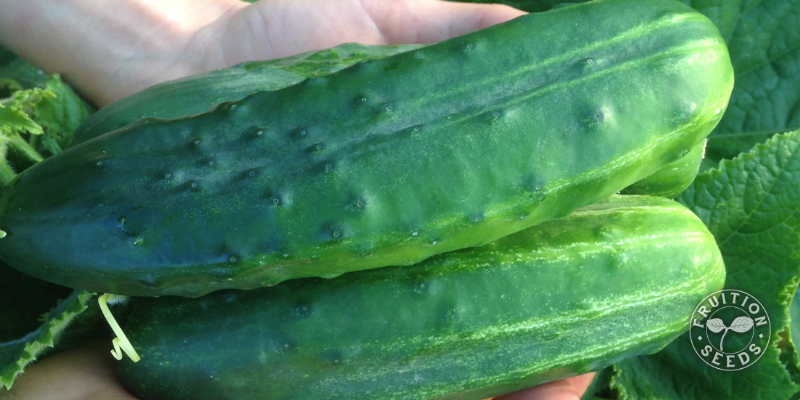
Spacemaster 80 is a classic American slicer on compact two-foot vines, plus resistance to powdery mildew.
Bush Pickle has two-foot vines loaded with darling little pickling cukes. I’ll never forget when I walked past them one day in late June and had to stop and count the fruits. There were 66 fruits on a single plant! Never doubt that dwarf varieties can surround you with abundance, Friends.
Compact Greens
Greens thrive in containers and you have perhaps the widest selection in history! Cut-and-come-again baby greens are especially easy to grow. Lettuce, arugula, spinach, kale and chard are all great choices for baby greens.
Classic spinach loves growing in cool seasons, while Asian spinach thrives in all seasons, even in containers!
If you grow full heads of lettuce, I recommend upright romaine types or tight, compact heads like Winter Density (that surprisingly resists bolting in summer heat) to maximize your space.
Kale and chard thrive in containers and may be harvested, leaf after leaf, all season long. Dwarf Vates Kale is especially compact and doesn’t sacrifice any of its impressive productivity.
Dwarf Peas
Dwarf peas are such a joy to grow. They require so little trellising compared to full-size peas and you’re often eating them three weeks before your full-size peas are beginning to swell. You’ll find dwarves in all the classic snap, snow and shelling styles of pea. Plus, dwarf peas are perfect for to sow in early August for a fall crop! And because they fix their own nitrogen, peas thrive in the limited nutrients of container gardens more than most.
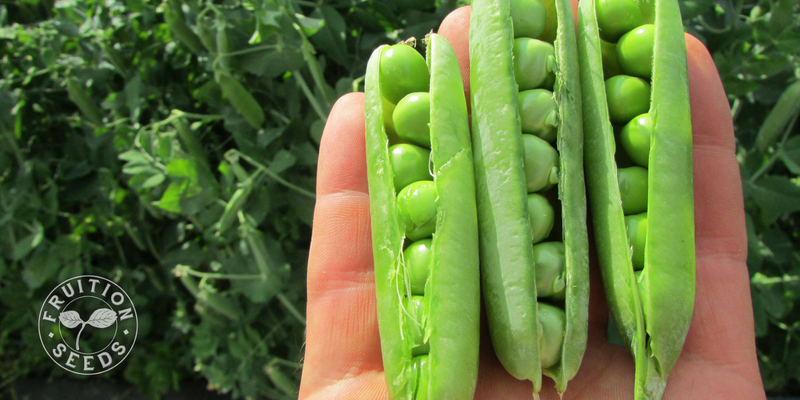
Bush Beans
Both bush and pole beans may be grown in containers, though I find bush beans to be more satisfying to grow. They don’t shade their neighbors and because they share their abundance in just a few weeks, they’re easy to pull out and replace with greens, more beans, carrots, or a fresh round of basil.
Though similar to bush beans, I sadly do not recommend growing edamame in containers unless you offer them four or more gallons of soil. They’ll grow in less but you’ll likely be disappointed by your (lacking) harvest.
Radish, Carrots & Other Round Roots
Radishes thrive in containers, both by themselves or accompanying other crops like carrots, tomatoes or peas. Sora and D-Avignon are our go-to radishes in any season! Watermelon radishes are sown only in August for fall harvests here in the Northeast and they will struggle in any container with less than five gallons of nutrient-rich soil.
You can grow other roots in container gardens, as well. If you have large, deep containers with five gallons or more of rich soil, you can pretend you have raised beds and grow any carrot you wish. But if your containers have less than 5 gallons of soil, I recommend planting only round carrots, like Paris Market, which will delight you with size and deliciousness when classic carrots would only disappoint.
Beets will also thrive in containers with the same notion: larger beets will grow in larger containers. Beets can be harvested anytime and they’re delicious once they’re the size of blueberries, so enjoy the thinnings, eating them as they grow.

